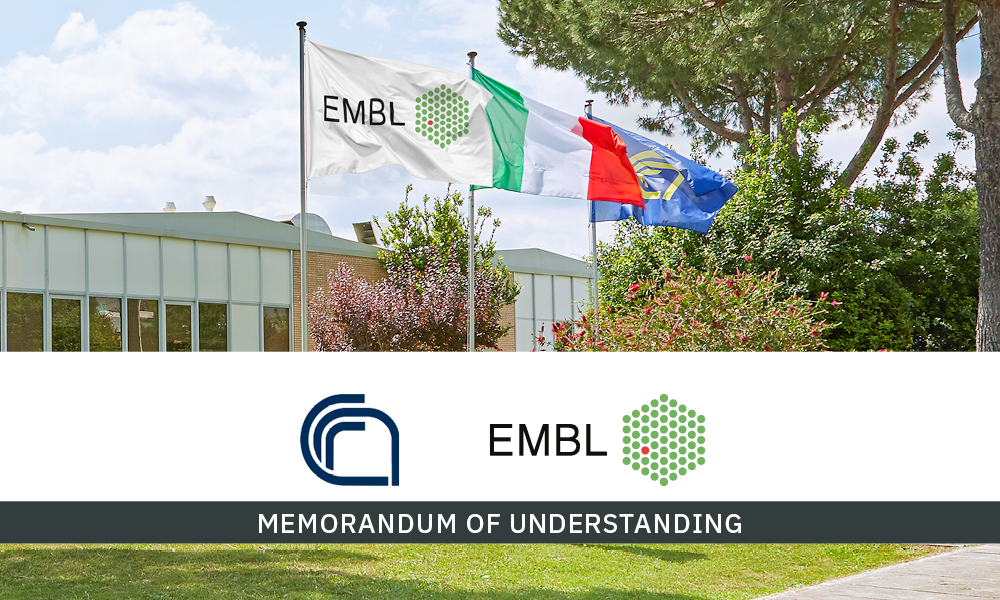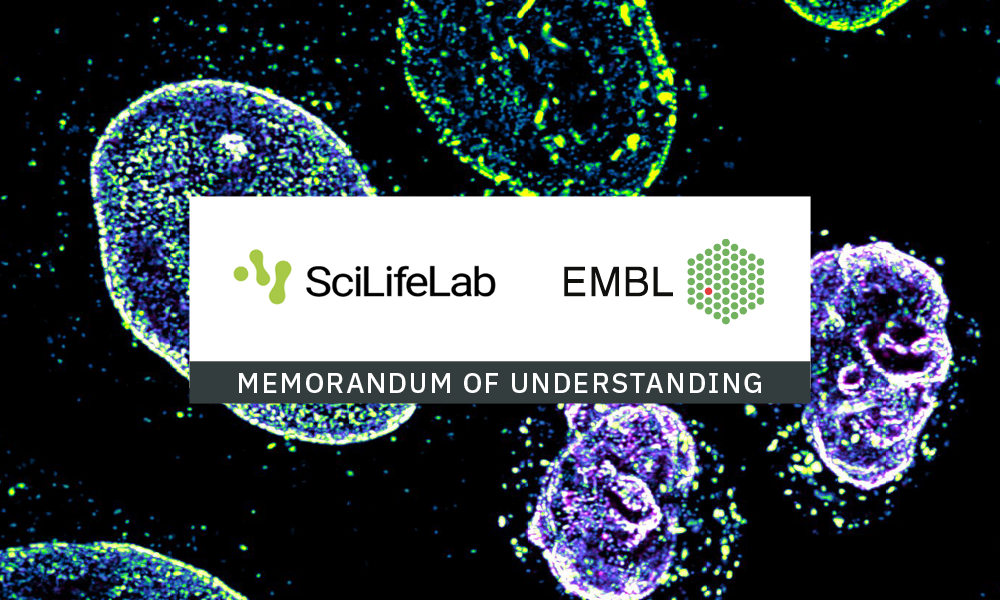A collaboration that keeps growing
It was the end of May 2021 when, as a ‘kick off’ to a new MoU, EMBL and SciLifeLab met virtually to discuss potential scientific collaborations. Fitting nicely with a spring motif, the MoU found fertile ground.
A year of exceptional life science research, training, service, industry collaboration, and integration of European life science research.

One of EMBL’s strengths as a multinational research organisation is that its member states and their unique scientific capacities make the whole greater than the sum of its parts. Together, they advance the state of life science in Europe and beyond.
Memoranda of understanding (MoUs) deepen those relationships, and 2021 proved to be a year that excelled at formalising institutional collaborations, specifically as it led up to the start of EMBL’s new Programme, ‘Molecules to Ecosystems’. Part of this programme will help to address major global challenges by studying life ‘in context’, requiring deeper cross-border collaboration to successfully expand EMBL’s own research capacities. It will also raise the level of what EMBL and its member states are able to do together.
“EMBL’s new ambition is to connect disciplines to enable a new understanding of the world around us and within us from a molecular biology point of view,” said Plamena Markova, EMBL’s Head of International Relations. “To achieve this, we search for sustainable ways to bring people together, get them interested in each other’s work, and allow them to co-create. The MoUs we concluded pave the way: in the preparatory discussions for these agreements, we identified not only our shared priorities, but also complementary strengths, and then we agreed on a framework to guide our collaboration.”
Indeed, connections on an institutional level provide a framework to support joint research, shared use of services, training activities, and exchanges that become easier to coordinate with such formalised agreements. Here are some examples:
The new MoUs – beyond just these highlighted – represent work that will include research collaboration, training exchanges, and sharing of facilities, know-how, and staff. They cover a wide range of scientific areas, such as marine ecosystems, scientific imaging related to cancer, RNA technologies, new approaches to drug development, and cross-disciplinary topics around planetary biology.
“An MoU can be the first step to exploring links,” Markova said. “And while we can have informal collaborations without formal agreements, again and again we see how MoUs open the floodgates for new kinds of exchanges and a variety of collaborative activities. It’s about making great science even better.”
It was the end of May 2021 when, as a ‘kick off’ to a new MoU, EMBL and SciLifeLab met virtually to discuss potential scientific collaborations. Fitting nicely with a spring motif, the MoU found fertile ground.
“Drafting and reviewing the content of MoUs and collaborative agreements from a legal perspective, we support EMBL’s missions by protecting its legal interests so that our collaborations can reach their scientific goals. It’s not science, but our work allows the cutting-edge science to occur.”
— Anna Kubalczyk, Senior Legal Officer at EMBL Legal Services

“Cross-border collaboration provides mutual access to research infrastructure and enables rapid, wide distribution of new knowledge. “
— Marja Makarow, President of Academia Europaea; former EMBL Council delegate of Finland; EMBL postdoc, 1981–1983

A collaboration that keeps growing
An agreement between EMBL and SciLifeLab will increase collaboration to boost science, training, and infrastructure.

A snapshot of EMBL 2021 facts and figures